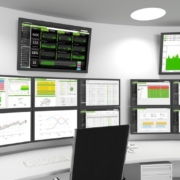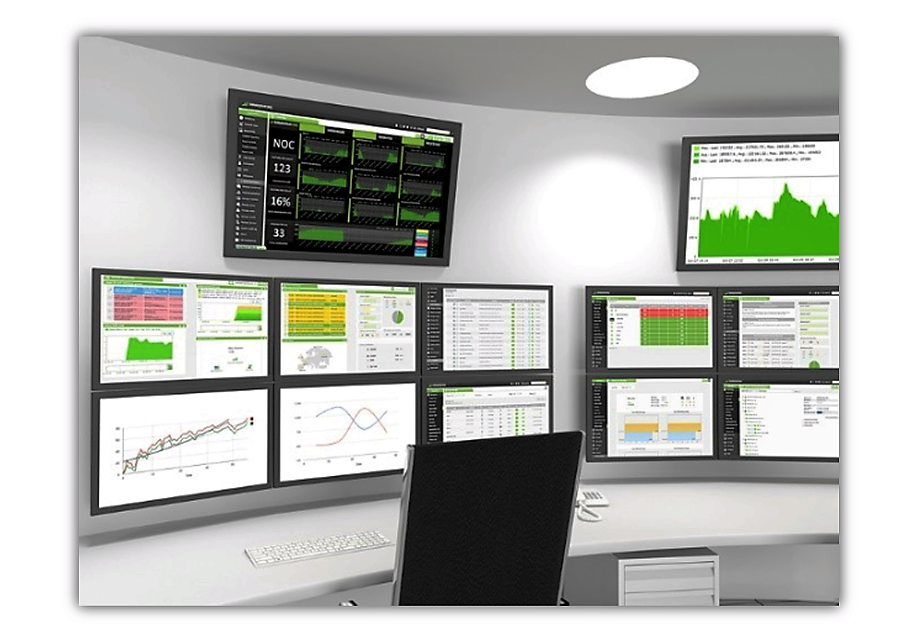SAP HANA Monitoring Best Practices Webinar
Register for our webinar on June 8th, 2016 9-10 a.m. EST
This webinar will focus on best practice for full-stack, performance monitoring of SAP HANA environments and how these can align business applications and business services to organizational goals. We will also discuss in-memory database monitoring, the correlation between SAP HANA health and infrastructure/OS layers, key performance metrics, and monitoring solutions to consider plus monitoring experiences.
Our feature presenter is Tyler Constable, Client Manger at Symmetry™, an SAP-certified partner for SAP Hosting, Cloud, and SAP HANA® Operations. Symmetry is one of the largest U.S. based SAP technical firms with over 100 SAP Basis and Security consultants in the industry and is one of only a handful SAP partners in North America certified in SAP HANA; Operations, Hosting, and Cloud Services. Symmetry is an Americas’ SAP Users’ Group (ASUG) Gold Affiliate partner and long-time supporter of the ASUG mission to empower and educate SAP users.
Centerity Systems, is the leading provider of an all-in-one, next-gen, unified IT Monitoring and Business Service Management platform for the Big Data Layer (SAP HANA, Hadoop) in the cloud, on converged infrastructure or in complex, hybrid environments. In this webinar, Centerity’s experts will share the most advanced best practice monitoring for SAP HANA as being used by Fortune 500 companies and service providers.
Attendees Will Learn:
• New principles of SAP HANA business environment monitoring
• How to isolate performance issues proactively
• Silos of data vs. a single pane of glass
• Key metrics in SAP HANA environments
• Adding value to executives in organization
• Practical monitoring considerations
Who Should Attend:
• SAP specialists
• SAP HANA DBAs & Architects
• BigData & Cloud managers (Hadoop, OpenStack, Docker etc.)
• Converged & Hyper-converged infrastructure users (Nutanix, FlexPod, Vblock etc.)
• IT Service Delivery Managers (NOC managers)
• HANA S/4 users
• Cloud & Data Center Managers
• IT Executives (CIOs, CTOs)





